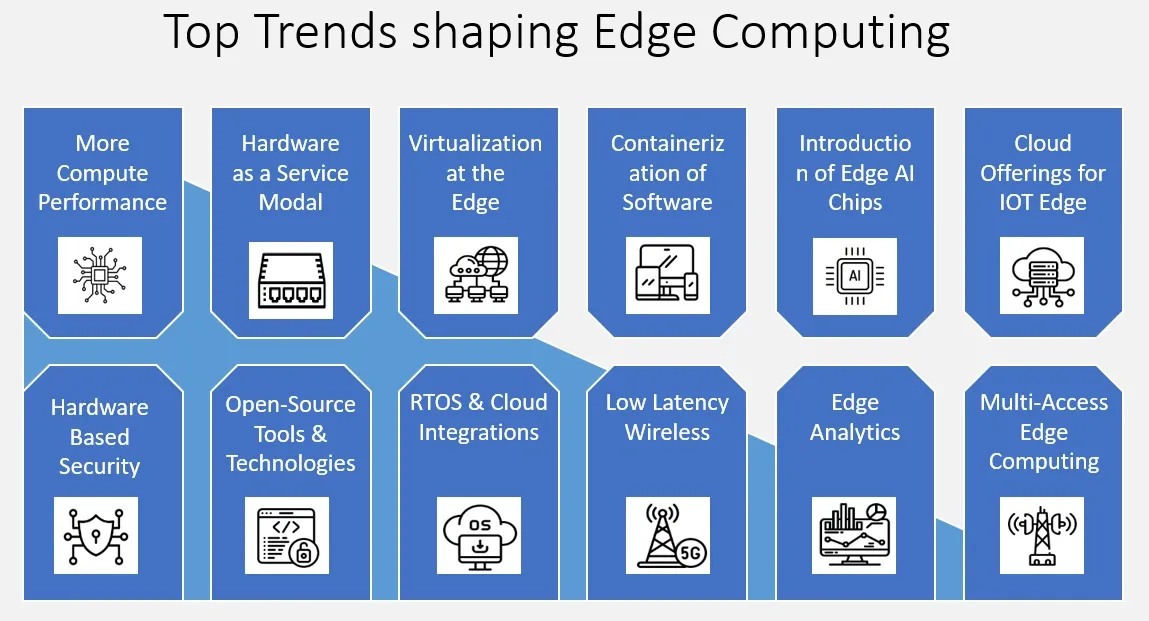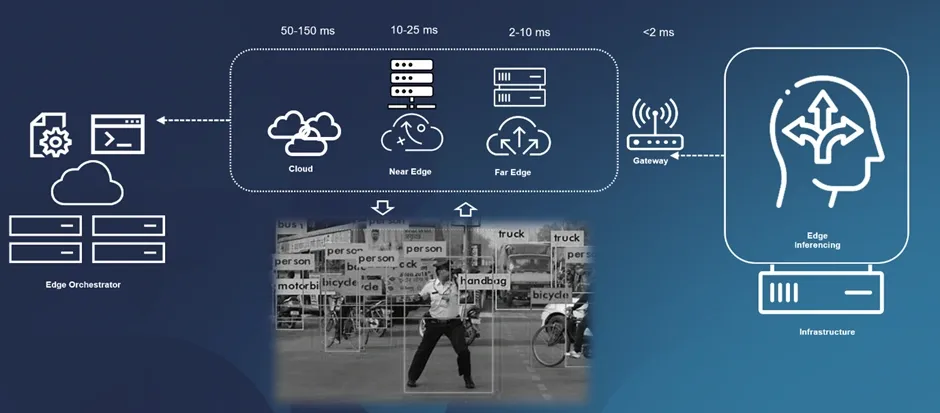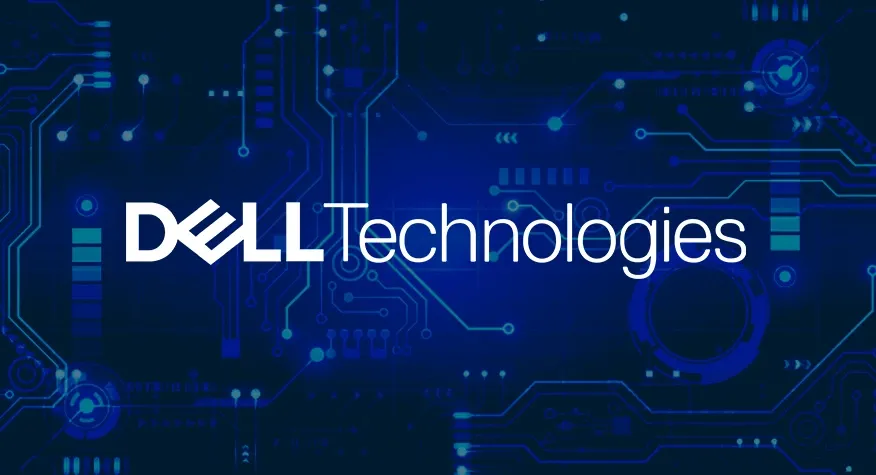The tech landscape is experiencing a seismic shift. Cloud computing, once the undisputed leader in data processing and storage, is now facing a formidable contender: edge computing.
Dell, a pioneer in enterprise technology, has been at the forefront of this transformation.
With its groundbreaking edge computing solutions, the company is challenging the dominance of the cloud and redefining how businesses manage and utilize data.
But does this mean the cloud era is coming to an end?
Let’s dive into Dell’s innovations, the benefits of edge computing, and how this shift impacts the future of technology.
Dell’s Edge Computing Innovations
Dell has been investing heavily in edge computing, designing solutions that bring processing power closer to the data source.

By reducing reliance on centralized data centers, Dell’s edge technologies aim to enhance speed, efficiency, and real-time decision-making for businesses.
Key Features of Dell’s Edge Solutions:
-
Edge Gateways: Compact devices that collect, analyze, and process data at the edge.
-
Project Frontier: Dell’s platform for managing edge workloads with enhanced security and scalability.
-
AI Integration: Leveraging artificial intelligence to deliver predictive analytics and automate complex processes at the edge.
-
Rugged Devices: Durable hardware designed for extreme environments, enabling edge computing in sectors like manufacturing, healthcare, and logistics.
Real-World Applications:
Healthcare: Real-time patient monitoring and diagnostics in remote areas.
Retail: Personalized customer experiences through instant data processing.
Smart Cities: Faster response times for traffic management and public safety systems.
Industrial IoT: Enhanced operational efficiency with on-site data analysis.
Why Edge Computing is Gaining Momentum
The surge in edge computing adoption is driven by several factors. While the cloud remains a powerful tool for large-scale data storage and processing, its limitations are becoming apparent in scenarios demanding low latency and immediate action.
Benefits of Edge Computing:
-
Reduced Latency: Data processing occurs closer to the source, minimizing delays.
-
Cost Efficiency: Lower bandwidth costs by reducing data transmission to centralized servers.
-
Improved Reliability: Localized operations reduce dependency on stable internet connections.
-
Enhanced Security: Sensitive data can be processed locally, reducing exposure to cyber threats.
-
Scalability: Edge solutions can expand seamlessly to meet growing demands.
These advantages make edge computing particularly appealing in environments where speed, security, and efficiency are critical.
The Coexistence of Cloud and Edge
While edge computing offers significant advantages, it’s unlikely to render cloud computing obsolete.

Instead, the two paradigms are evolving to complement each other. Hybrid models are emerging, leveraging the strengths of both technologies.
How They Work Together:
-
Cloud for Centralized Tasks: Long-term storage, large-scale analytics, and resource-intensive computing.
-
Edge for Real-Time Needs: Immediate data processing and localized decision-making.
-
Unified Management: Companies like Dell are creating platforms that integrate edge and cloud seamlessly.
This hybrid approach ensures businesses can harness the best of both worlds, driving innovation without compromising on efficiency or scalability.
A New Era of Computing
Dell’s edge computing innovations are reshaping the technological landscape, offering businesses tools to operate faster, smarter, and more securely.
While the cloud era isn’t ending, its dominance is being redefined by the rise of edge computing.
Together, these technologies promise a future where data is processed where it’s most needed, empowering industries to achieve unprecedented levels of performance.
As we look ahead, one thing is clear: the interplay between cloud and edge will drive the next wave of digital transformation.







